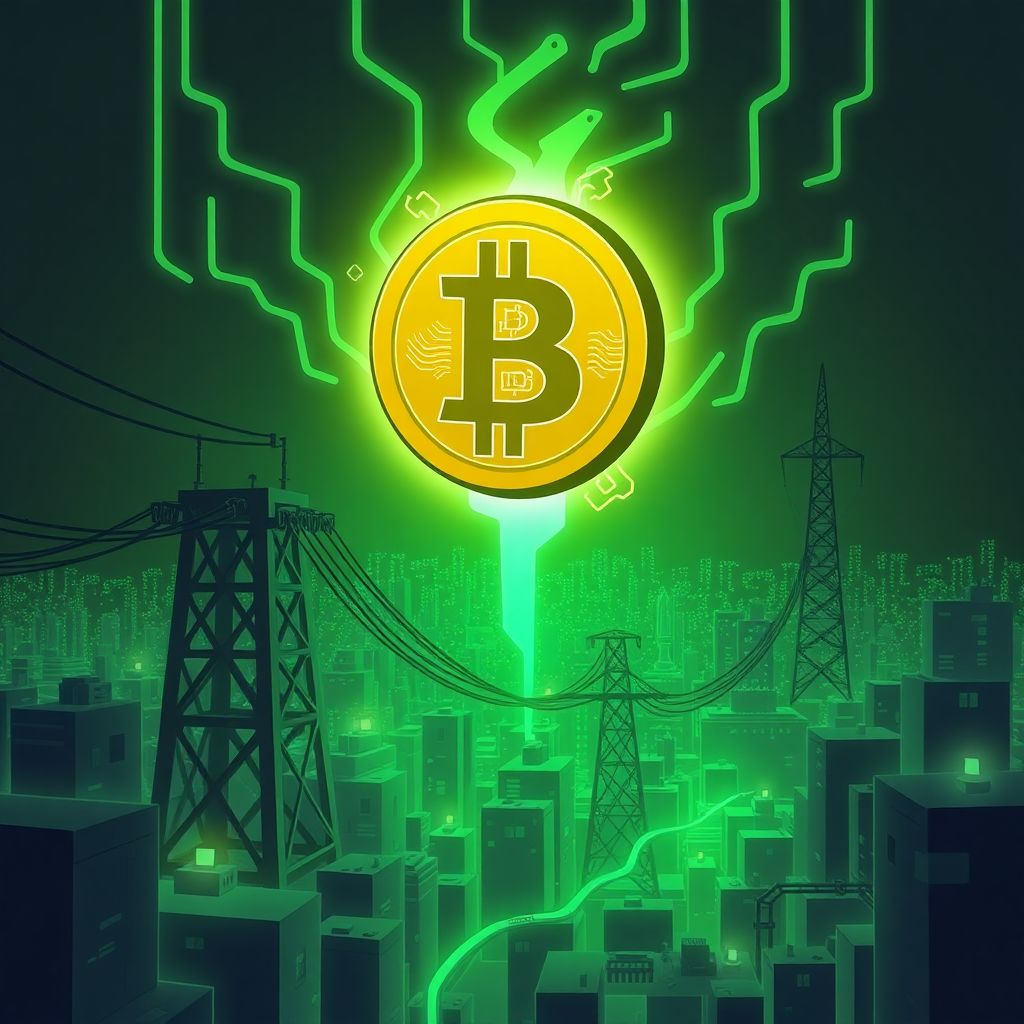Bitcoin mining has surged across Iran, causing severe strain on the country’s already fragile power infrastructure. The boom in digital currency extraction has led to an explosion of unauthorized mining operations, prompting urgent crackdowns and raising concerns among energy officials.
Akbar Hasan Beklou, CEO of the Tehran Province Electricity Distribution Company, recently described the country as a “paradise for illegal miners.” According to him, approximately 427,000 mining devices are currently active across Iran—and strikingly, over 95% of them operate outside the bounds of legal oversight. These unlicensed operations collectively consume around 1,400 megawatts of electricity continuously, putting immense stress on the national grid.
The appeal of mining in Iran is largely driven by one factor: low-cost, heavily subsidized electricity. Energy prices in the country are kept well below global market rates, making it highly profitable for miners to run their equipment 24/7. This economic advantage has attracted not only hobbyists but also organized networks that exploit the system through covert connections and falsified industrial meters.
Authorities have intensified enforcement efforts in recent months. In the Tehran Province alone, police recently shut down 104 illegal mining facilities. During the raids, officials confiscated up to 1,465 mining devices. These seizures are part of a broader campaign that has resulted in the confiscation of hundreds of thousands of machines over the last few years.
Many of these illegal operations are ingeniously concealed. Some are hidden inside factories, while others tap into the grid through falsified or stolen industrial-grade meters. The decentralized and mobile nature of mining rigs makes them easy to relocate and conceal, further complicating enforcement efforts.
Iran’s cryptocurrency ecosystem is shaped not only by economic factors but also by political and geopolitical ones. International sanctions and restrictions on traditional financial systems have made crypto an attractive alternative for transferring value. For many in Iran, mining Bitcoin is a way to bypass trade restrictions and maintain access to global financial flows.
However, the benefits of this underground economy come at a significant cost. The power grid, already susceptible to outages, is under increasing duress. Officials report that enforcement actions often coincide with power shortages and blackouts, indicating that interventions are reactive rather than part of a well-structured national policy.
Moreover, enforcement is uneven. While thousands of illegal farms have been dismantled, some operators are reportedly shielded by connections to powerful entities or state-affiliated groups. This disparity has made it difficult to apply regulations consistently across the country.
In response, the Energy Ministry has introduced new initiatives aimed at identifying and curbing illegal consumption. These include financial rewards for whistleblowers, enhanced monitoring of industrial electricity meters, and broader investigations into suspicious usage patterns. Still, experts argue that unless electricity pricing is adjusted to reflect actual costs, or unless enforcement becomes more consistent and proactive, illegal mining will persist.
The transient nature of mining equipment further complicates efforts to shut down operations. Mining rigs can be packed up and moved overnight, making it hard for regulators to keep up. Warehouses, basements, and even rural homes can serve as temporary hubs, requiring constant vigilance and resources from enforcement agencies.
Some experts suggest that the Iranian government should consider a dual strategy: cracking down on illegal operations while creating a legal framework for licensed mining. By offering controlled access to energy at reasonable rates, the state could bring a portion of the underground market into the regulated sphere, increasing transparency and tax revenue while reducing pressure on the grid.
Others argue that Iran’s current energy subsidy model is unsustainable in the digital age. As long as electricity remains artificially cheap, the incentive for unauthorized mining remains strong. A gradual adjustment in pricing—at least for industrial and commercial users—could help disincentivize abuse.
There’s also a broader concern about international perceptions. Iran’s image as a hub for illegal crypto activity may attract unwanted scrutiny and potentially further sanctions. Aligning national policy with global standards on energy and crypto regulation could serve Iran’s long-term interests.
In the absence of a cohesive national policy, local utilities and law enforcement are left to tackle the issue piecemeal. This results in inconsistent enforcement, regional disparities, and a lack of accountability. A centralized strategy, potentially involving collaboration between the energy sector, financial regulators, and law enforcement, could offer a more sustainable path forward.
Finally, public education and community engagement are vital. Many small-scale miners may not even be aware of the legal and environmental consequences of their actions. Awareness campaigns, coupled with clear licensing procedures and incentives for compliance, could help shift the culture around mining in Iran.
In summary, Iran’s Bitcoin mining boom reflects the intersection of economic opportunity, geopolitical constraints, and regulatory gaps. While the country offers conditions that are ideal for crypto production, the costs—both immediate and long-term—are mounting. Without comprehensive reform, the “paradise for illegal miners” may become a nightmare for the nation’s energy infrastructure and economy.

